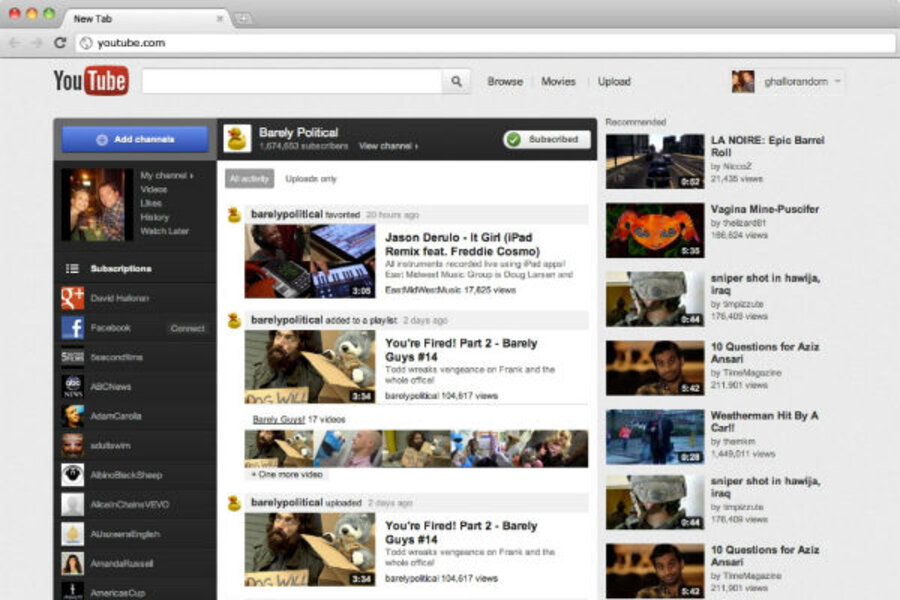YouTube introduces face blurring option, enhanced privacy setting
Loading...
Both parents and political activists (in some countries) will appreciate this. There are now two ways to avoid (or at least reduce) unwanted recognition on YouTube: Make your video private or blur the faces in it.
YouTube just announced a new tool that allows users to obscure faces “with the click of a button.” It cites last year’s “Cameras Everywhere” report from international human rights organization WITNESS as warning that no video-sharing site or hardware manufacturer offered that identity protection. It’s great for agents of change, and everyone else, that they can protect their own and, thoughtfully, others’ identities in videos they post.
How? In its blog, YouTube writes: “Once you’ve chosen the video that you’d like to edit within our Video Enhancements tool, go to Additional Features and click the ‘Apply’ button below ‘Blur All Faces.’ Before you publish, you will see a preview of what your video will look like with faces blurred. When you save the changes to your video, a new copy is created with the blurred faces. You will then be given the option to delete the original video.”
This facial non-recognition technology’s not perfect yet, though, so it’s good there’s an option to post videos privately and send a link to an audience of one’s choosing. YouTube says that, because “this is emerging technology … [it] sometimes has difficulty detecting faces depending on the angle, lighting, obstructions and video quality. It’s possible that certain faces or frames will not be blurred.”
But remember that, just like with still photos, comments, and all other digital media, stuff can be copied and pasted in places where it wasn’t intended to be seen. It’s pretty impossible to keep anything digital completely private.






